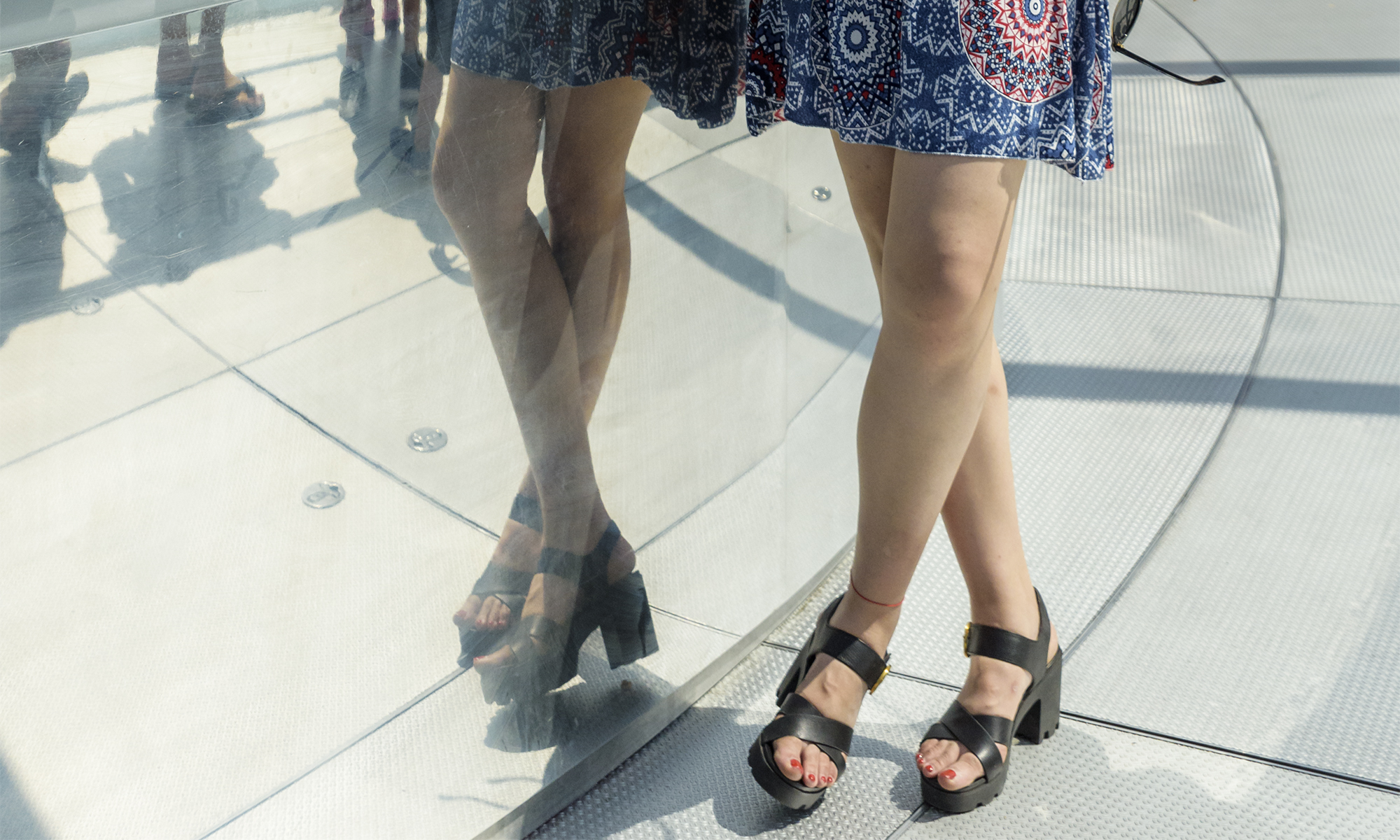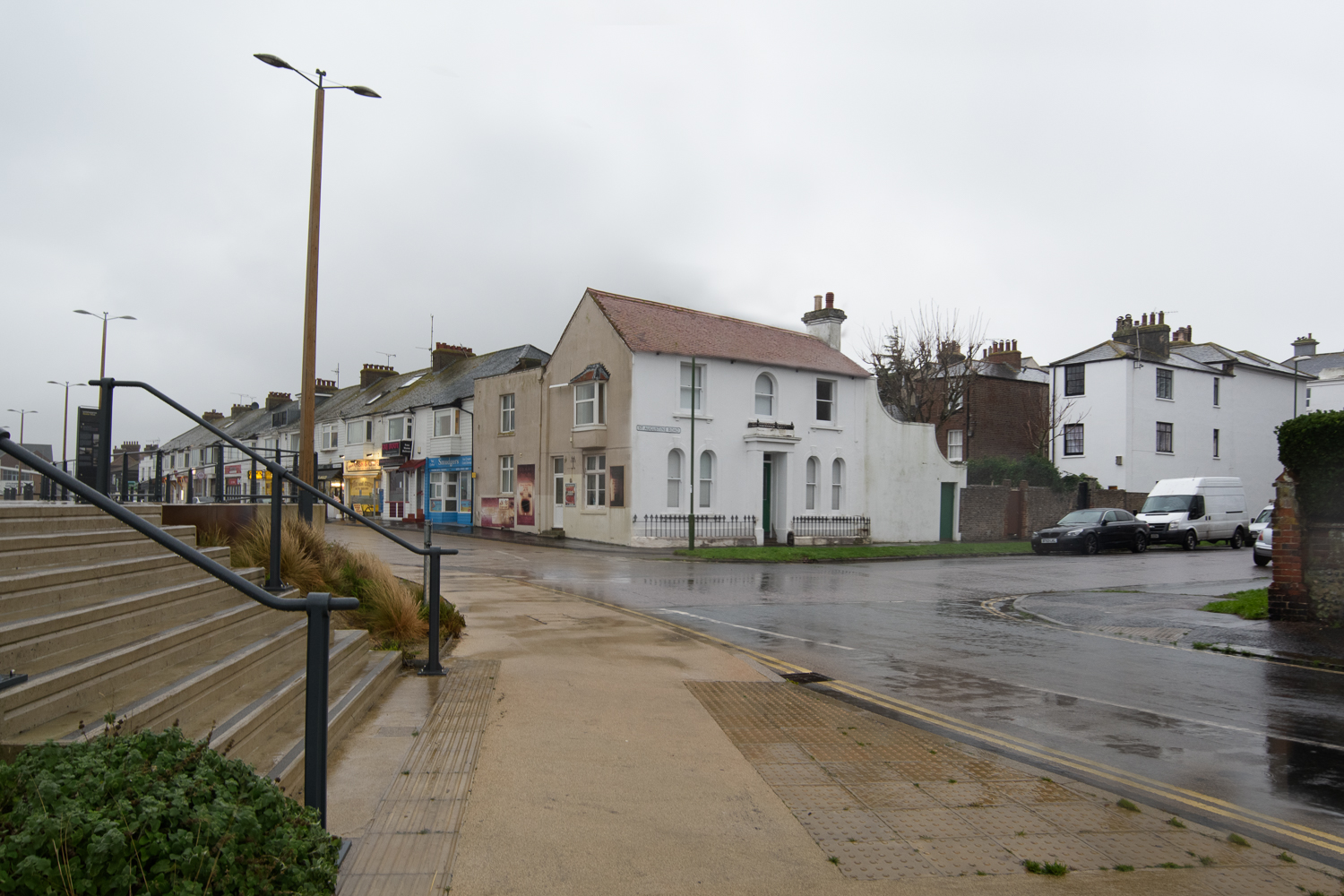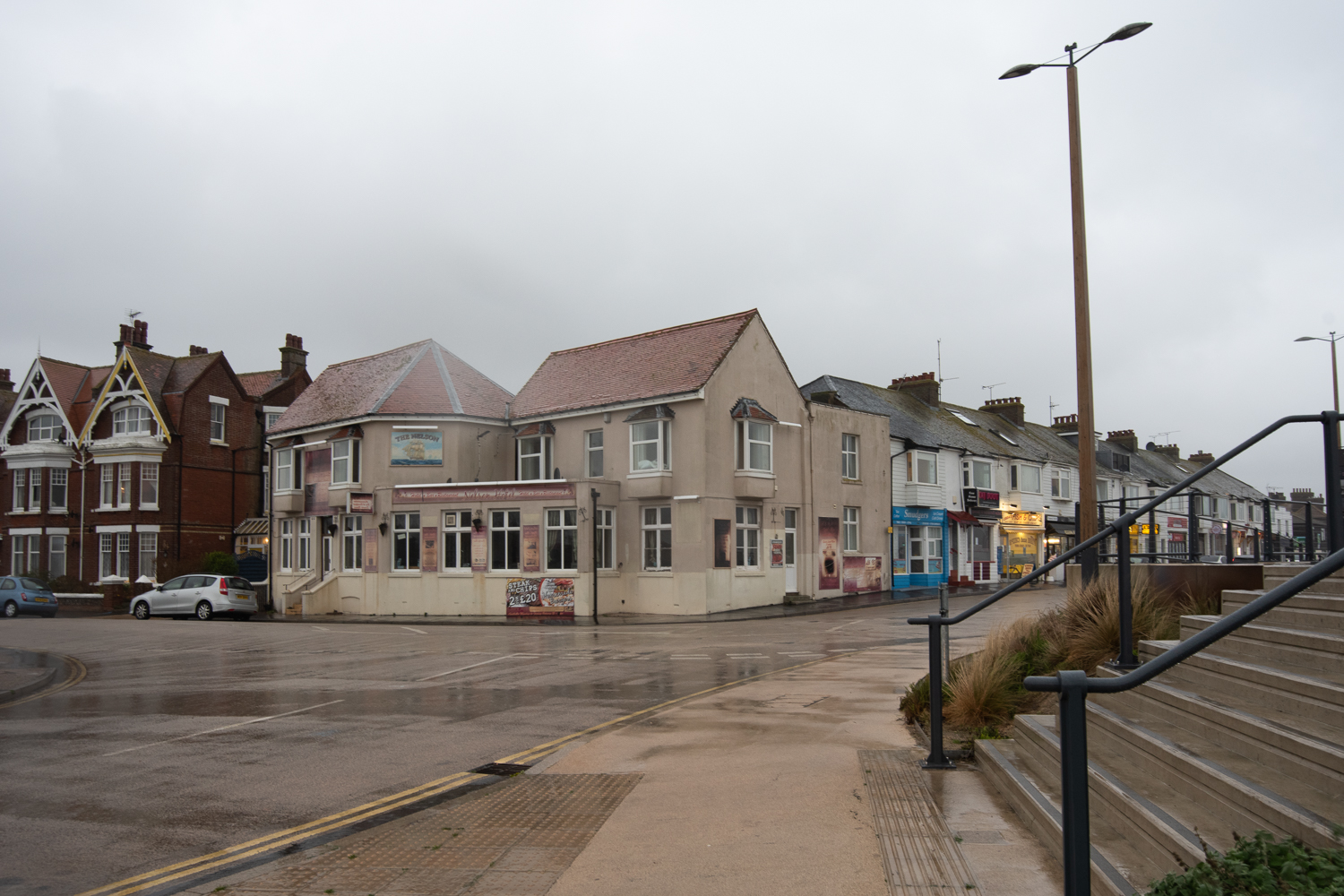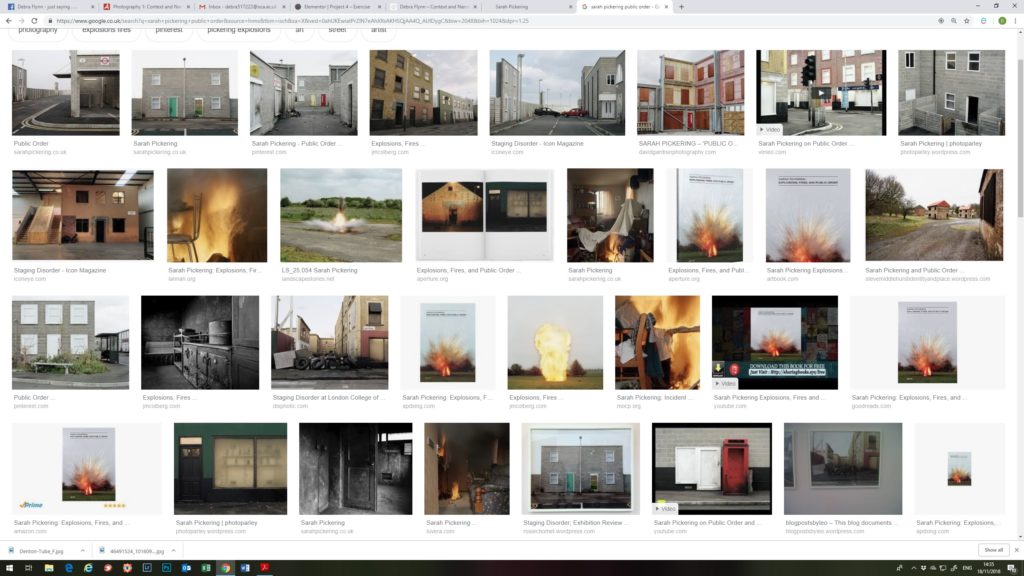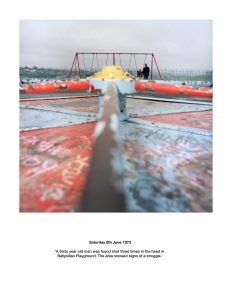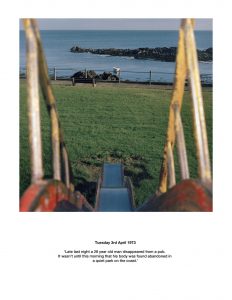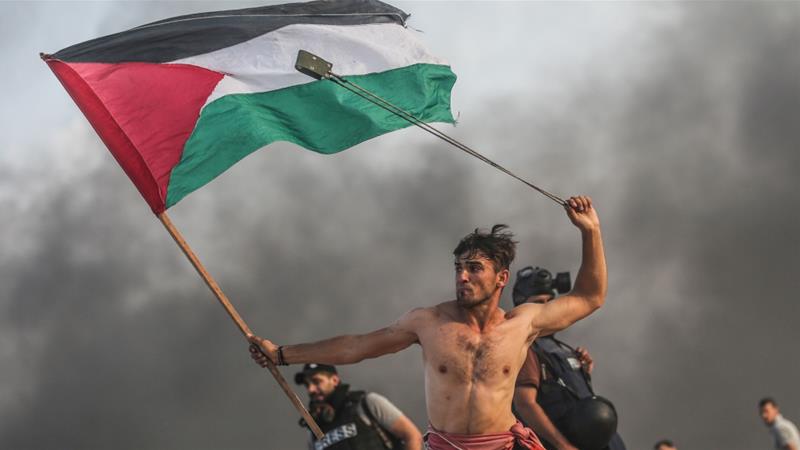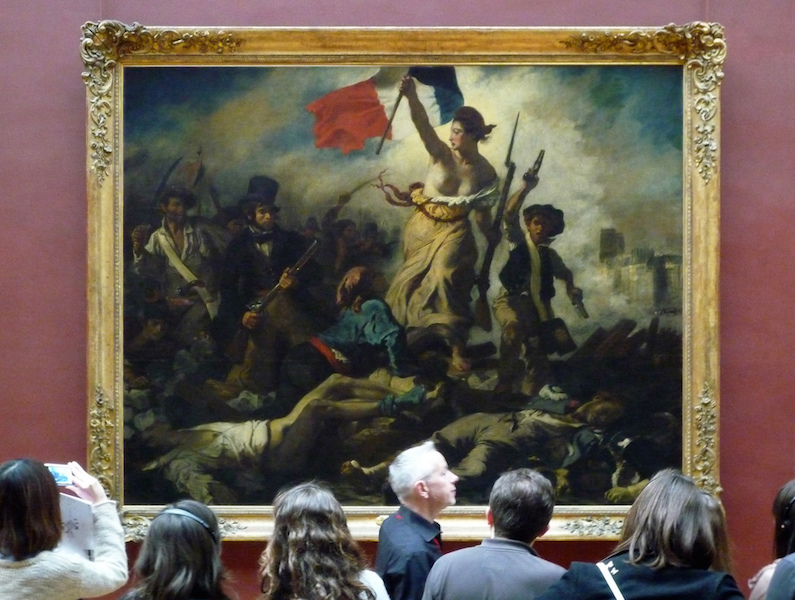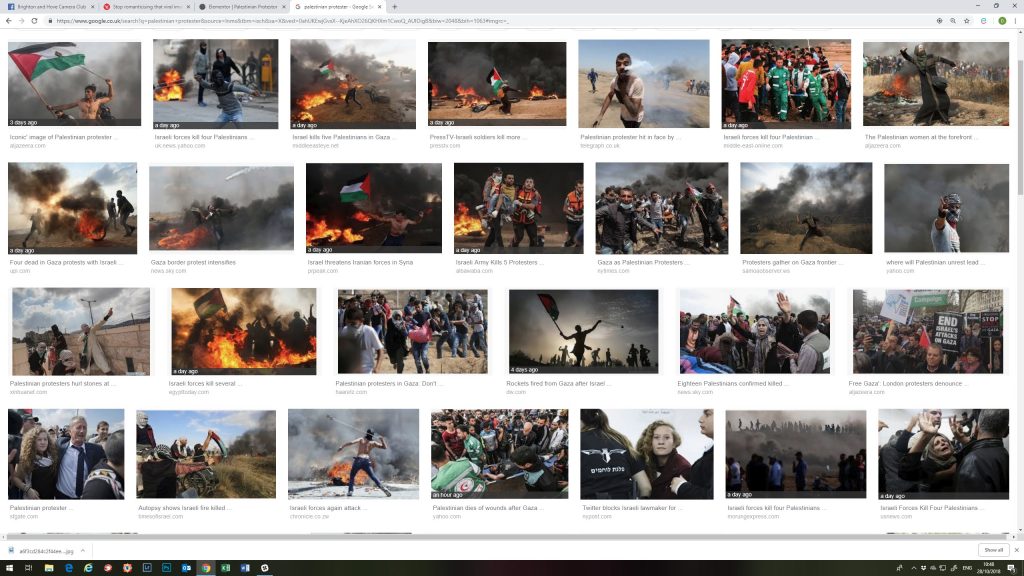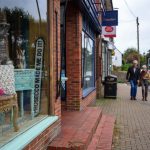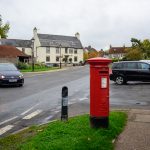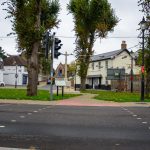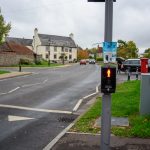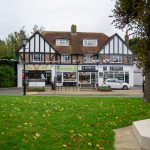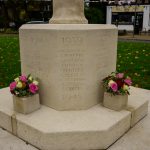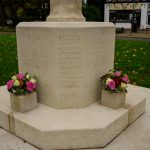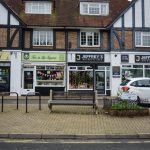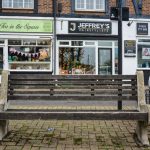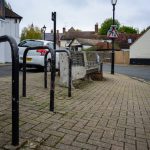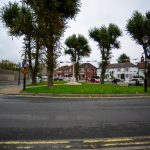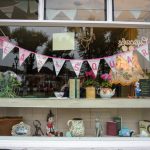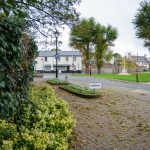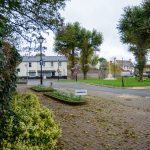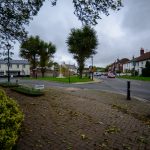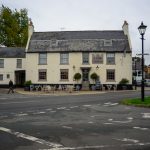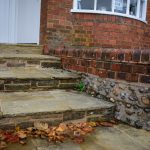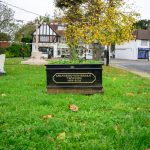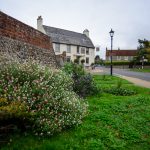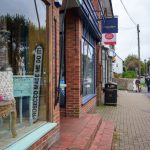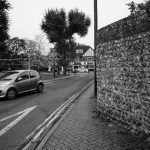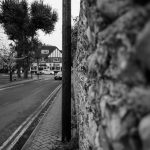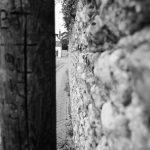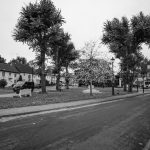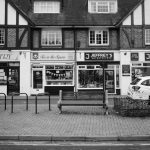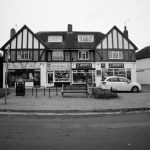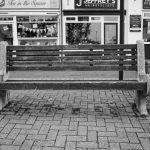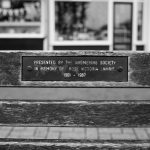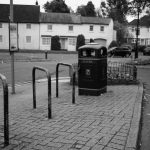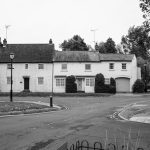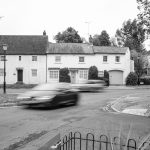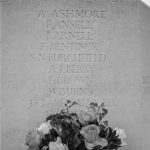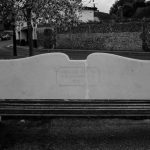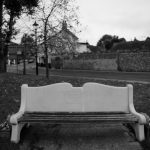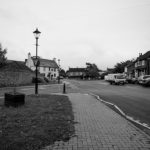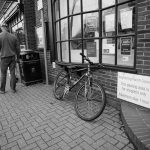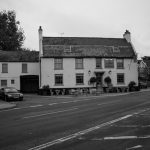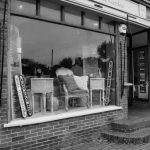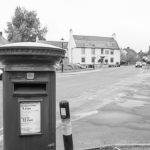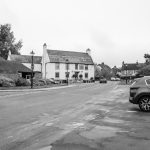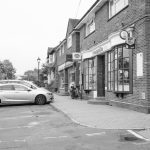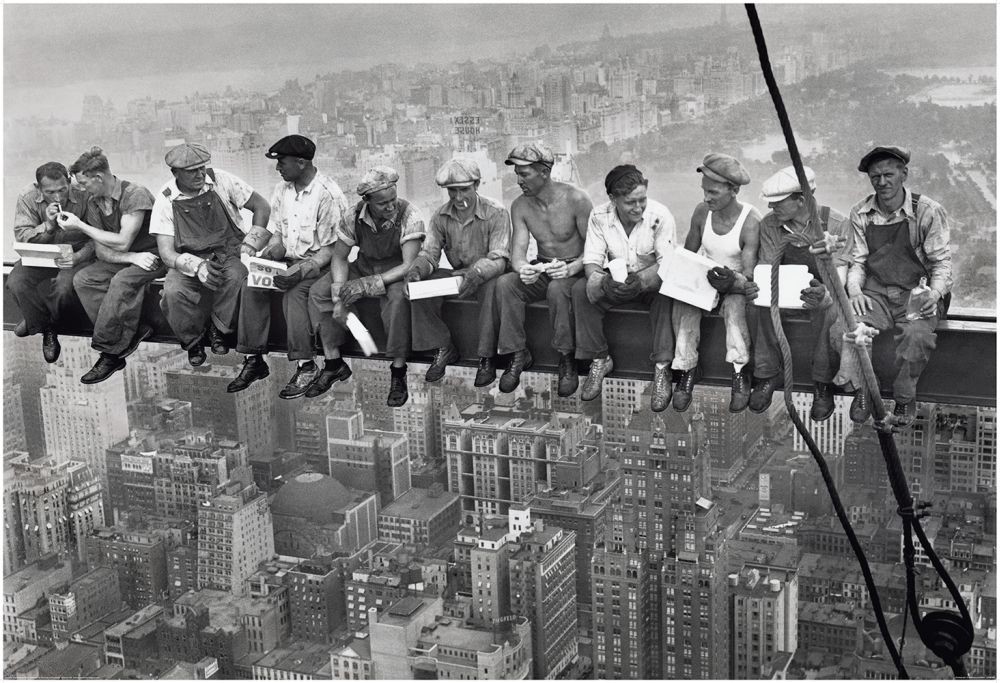Briony Campbell‘s Essay written in 2011, 2 years after her father’s death gives a more reflective and object view of her ‘Dad Project’, than her first draft.
The Dad Project by Briony Campbell, Nov 2011 [accessed 01.01.2019
The project is personal and emotional and although she found it difficult to do at the time, it has become very intrinsic to her and her work. She has been struck by how sharing her work has helped her grieve but also the impact it has on others.
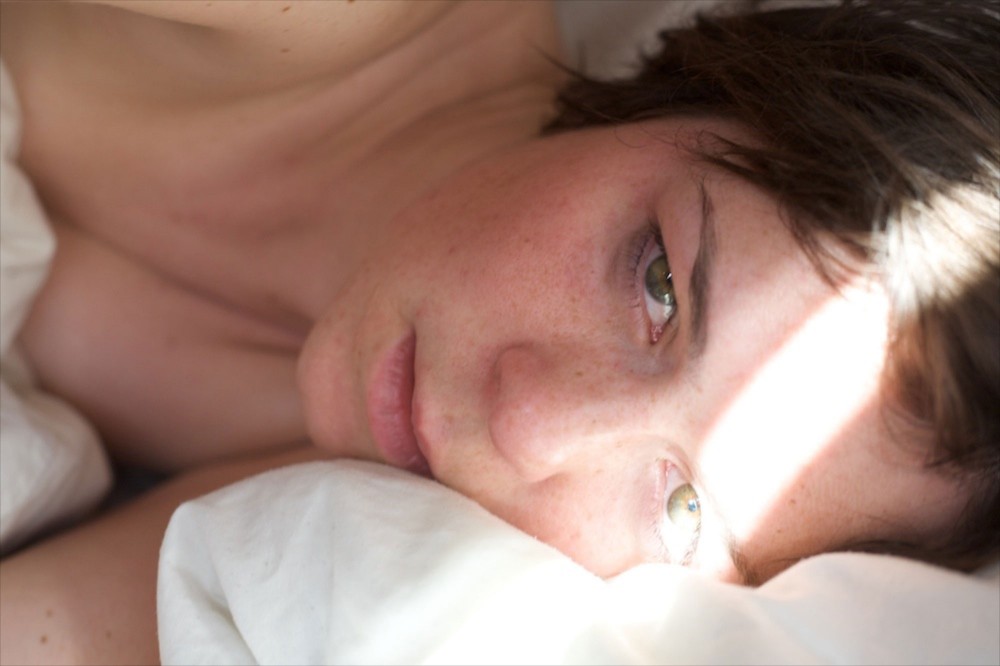
But after the terminal diagnosis, it served to comfort my mourning. by Briony Campbell
I understand her comment about remembering that new viewers to the work are just experiencing this impact and she must remember this in responding to their reactions.
She says that the work is ‘an ending without an ending’? – I believe she means that because this is personal about her life that it can’t / won’t be packed away in box some place once the project is finished. It will always be with her and help her to remember her dad.
My own reaction was very raw, my own father passed away 4 years ago and this brought back many memories for me. I would love to have such images of him. It is a bit of a taboo in our country to photograph the dying process of our loved ones, but it is also a part of life, we photograph birth and weddings, why not death. Whilst I don’t like having my photo taken, I have come to realise that how important they become when someone is no longer here, but for me, like Briony, I want to capture the real person, not the person in wedding and christening photos.
Another photographer who has used grief for a body of work which I much admire is Kirsty Mitchell. The work and subsequent book is called Wonderland. She created this a tribute to her mother who had died from cancer. It took her six years. Her website here, tells the story

For me both of these stories are personal and thought provoking. The accompanying narrative in both cases is well written and in some cases quite raw. I think this helps the viewer really engage, understand and relate to subject matter and set of images.
